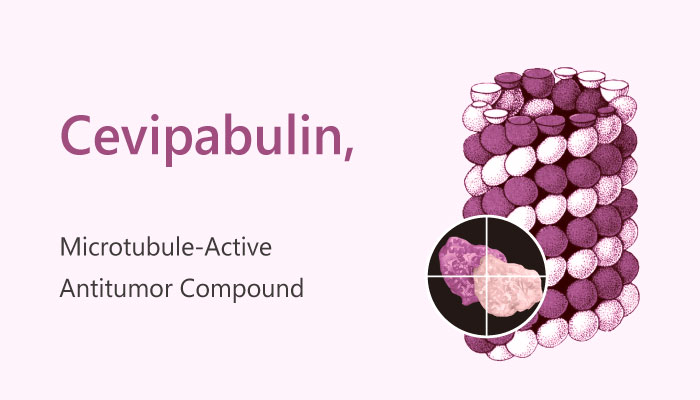Microtubules are part of the mitotic spindle, the complex and dynamic structure that mediates chromosome separation during mitosis. Therefore, microtubules are a proven target in cancer treatment. There have been many clinical drugs designed to target microtubule, including Paclitaxel and Vinblastine. Vincristine binds at one of three known pharmacologic sites on the tubulin heterodimer, called the Vinca site. Paclitaxel binds at the taxane site to stabilize and promote formation of microtubules, the opposite effects of Vinblastine. A study from Carl F. Beyer, et al discovered and identified a compound Cevipabulin (TTI-237), that differs from known tubulin ligands. How did Cevipabulin become attractive to researchers?

Researchers found that colchicine, a third site, also binds many ligands, destabilizing microtubules and inhibiting their formation. Authors said so; Cevipabulin may be the prototype of a new category of tubulin-binding compound.
They synthesized Cevipabulin and prepared many other drugs target microtubule as controls. A series of experiments both in vitro and in vivo were carried out to identify the activity of Cevipabulin.
In vitro, Cevipabulin (0-50 nM, 72 hours) shows good activity (between 18 and 40 nM IC50 values) on human cancer cell lines (SK-OV-3, MDA-MB-435, MDA-MB-468, LnCaP, and Hela cells). In addition, flow cytometry experiments reveal that, Cevipabulin (TTI-237) at low concentrations (20-40 nM) produces sub-G1 nuclei. And at concentrations above 50 nM, it causes a strong G2 -M block. By the way, Cevipabulin inhibits the binding of [3H] vinblastine to tubulin.
In vivo, firstly, Cevipabulin was active both by p.o. or i.v. administration against human tumor xenografts. Furthermore, Cevipabulin ( 5, 10, 15, and 20 mg/kg, every 4 days for 4 cycles, in mice) shows dose-dependent effects, with good antitumor activity at 20 and 15 mg/kg.
The inhibitor has potential to be a novel and effective clinical microtubule-active drug.
Reference
Cancer Res. 2008 Apr 1;68(7):2292-300.